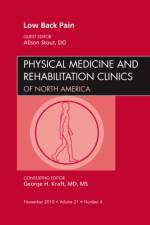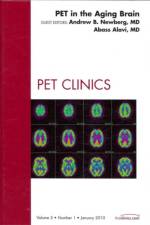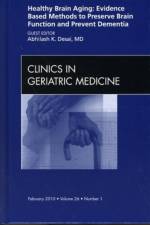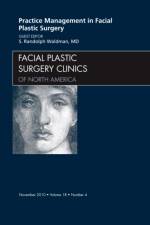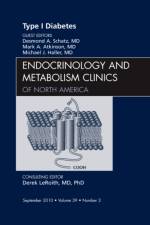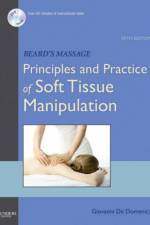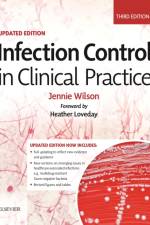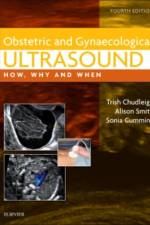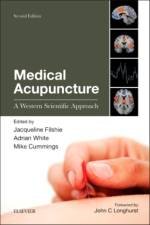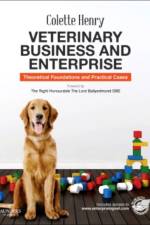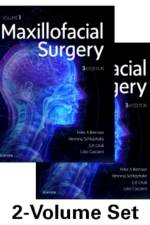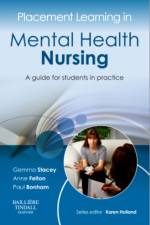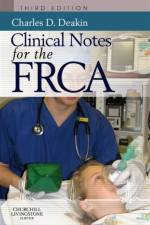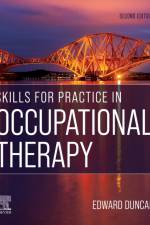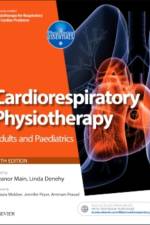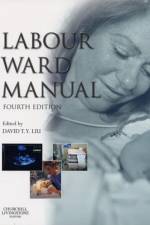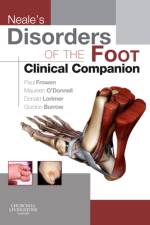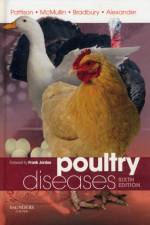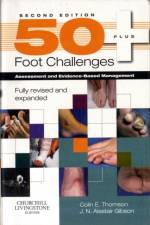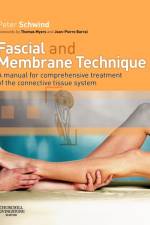av Peter Prof. Brennan
4 585
Now in full color, Maxillofacial Surgery, 3rd Edition covers the entire specialty of maxillofacial surgery, including craniofacial deformity, oral surgery, trauma, and oncology. Unlike other OMFS texts where the contributors are singly boarded in oral surgery, this richly illustrated text boasts OMFS contributors who are all dual boarded in both oral surgery and medicine. Thoroughly updated with evidence-based content, it addresses the advances in technology and procedures providing oral and maxillofacial surgeons with new and exciting treatment options. And with print and digital formats, it is easy to use in any setting. Authoritative guidance on oral and maxillofacial surgery by internationally recognized experts in the field. 2,800 illustrations, including radiographs and full color artwork and clinical photos, provide clinicians and OMS residents with a clear visual guide to diagnoses, key concepts, and surgical techniques, as well as examples of preoperative and postoperative results. A multidisciplinary approach reflects the best practices in the disciplines of oral and maxillofacial surgery, head and neck surgery, plastic surgery, and otolaryngology. Covers contemporary techniques and technological advances at the forefront of maxillofacial surgery. Evidence-based content supports the newest, most up-to-date diagnostic and therapeutic options available for a wide variety of clinical problems. Key Points and Pitfalls boxes clearly identify the most important information, as well as potential problem areas that can arise when treating patients. Available in print and digital formats that can be easily accessed via mobile tablets and smart phones in any setting, making it perfect for the modern student of surgery. NEW! Full-color images clearly depict pathologies, concepts, and procedures. EXPANDED and UPDATED! Expanded from 82 to 111 chapters with thoroughly revised content that reflects current information and advances in OMS, so clinicians and students can depend on this text as their go-to resource on oral maxillofacial surgery. NEW! 29 new state-of-the-art chapters covering new topics, including the salivary glands, thyroid and parathyroid glands, tissue engineering, navigational surgery, 3D modeling, and lasers in OMFS. NEW! Two new editors, Professors Brennan and Schliephake, and new section editors and contributors have helped bring advances in the field of oral and maxillofacial surgery and offer a fresh perspective. UPDATED! Expanded chapter on cancer keeps you in the know.

